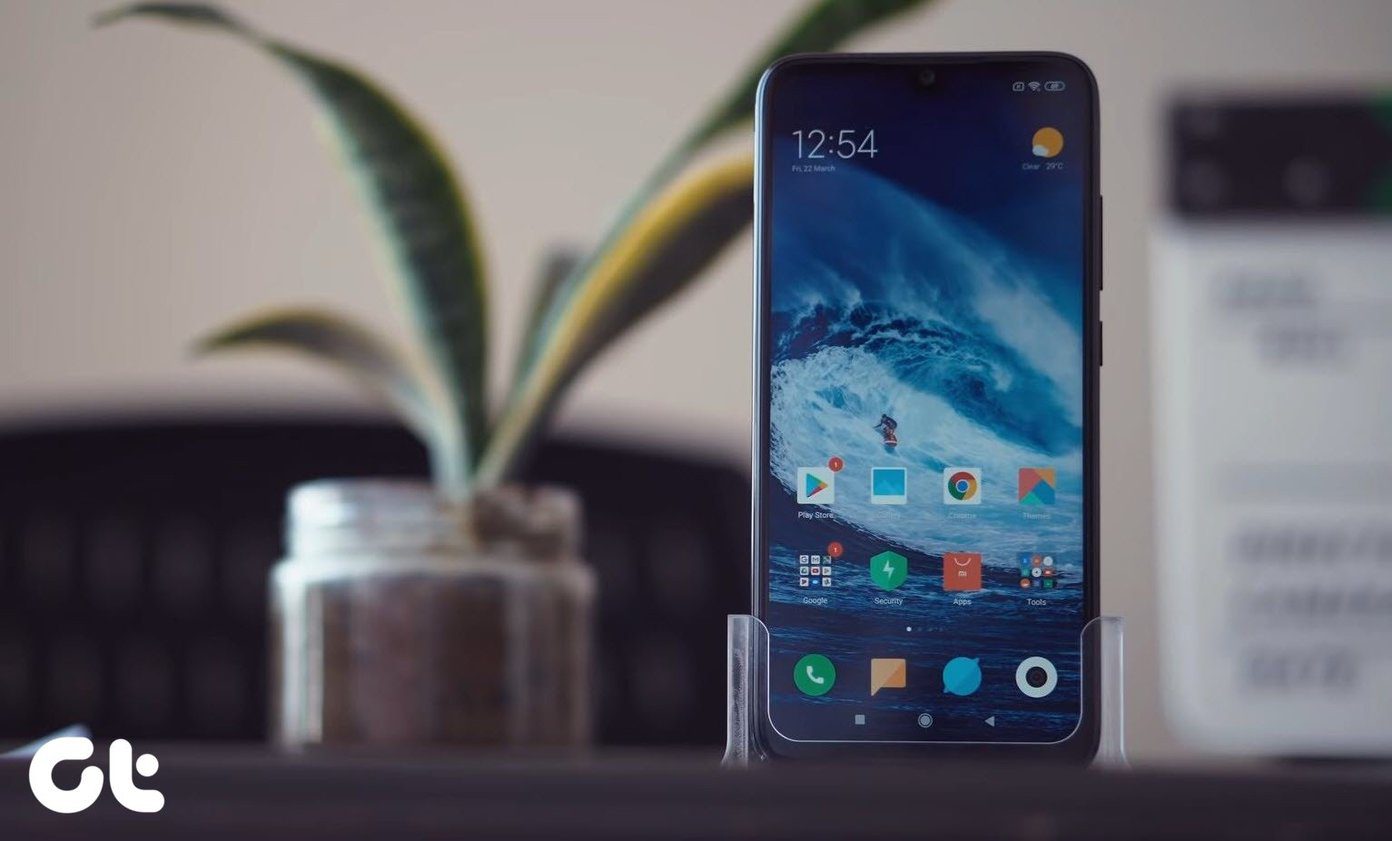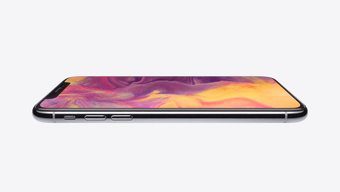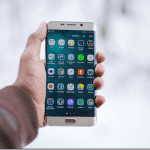Mobile phones have come a long way when it comes to design as well as the hardware. Today’s smartphones have enough muscle to take on an average notebook or a computer. Take the iPhone X for instance. With its new Bionic Chip, the iPhone X can deliver seamless computing without breaking a sweat. But the best part of this new flagship device is its design and the fact that it is Apple’s first step into the world of bezel-less smartphones. But is going bezel-less the real innovation and, if it is, what will happen in the future? Some predict that in the years to come, smartphones will go from almost bezel-less to completely bezel-less. But that technology is far away, else Apple would have already added that to its tenth-anniversary offering, the iPhone X. However, to understand this fixation with big screen small-sized devices, we have to go back in the past for almost 3 years when Sharp had launched the first-ever bezel-less phone — the Aquos Crystal.
First Bezel-less Phone
Sharp offered close to 78.5% screen-to-body ratio, a huge step for smartphones back then. However, it was not well-received, the poor placement of the earpiece and the camera could have been a reason or it could have been for the brand. However, when Samsung launched the Note 4 Edge, it took the world by storm even though it was not ready with apps and the edge was just another useless thing to show off just like the Bixby button on the new Samsung Note 8.
Users Are More Accepting Now
As the years have passed, more and more devices have featured slimmer bezels. Samsung is already in its 4th generation of bezel-less devices and Apple has also joined the bandwagon. It is a clear indicator that the bezel-less look is here to stay at least for a couple of years. However, the big question is – are these devices really the future of phones? In reality, there are actually two schools of thoughts here. On one side, people love the bezel-less devices and, on the other, there are people vouching for durability that these devices cannot offer. To be really honest, I personally do not like bezel-less devices but that is my choice. Given the choice, I’d prefer a device with slim bezels to a bezel-less device any day. There are a few reasons why the future of bezel-less devices looks bleak to me. — Olao99, Reddit user.
Bezel-Less Devices Are More Fragile than Others
Skinny and flab-less models look good on the runway but they are frail in reality. Almost a parallel can be drawn here for bezel-less devices. These devices look great but are weak, especially with the display covering almost the entire front. You really can’t afford to be careless with these devices. I even think that companies know this and that’s the reason why brands such as Samsung and a few others are already offering a free display replacement within the warranty period of their almost bezel-less devices. The reason behind this is simple. To make the devices bezel-less, the frame has to be reduced considerably. The front side is practically all display with very little cushion provided by the frames on either side. I have used the Asus Zenfone 3 for the longest time and have dropped it more than twice. Despite it featuring glass on the front and the back, the phone still works fine with a few bruised edges. But if it were to have a bezel-less display, the story would have been completely different.
Non-Standard Aspect Ratio for Display
Another problem lies with the aspect ratio, which varies according to the design of the device. These days, most manufacturers try to offer slightly longer and narrow devices as they help in better usability and offer easy one-handed use to some extent unless you have really tiny hands. The Xiaomi Mi Mix 2 has a display aspect ratio of 18:9 and above is a screenshot of a youtube video playing on the phone. If you notice, the black bar appears on either side in full-screen mode. This doesn’t just happen in case of one application but is consistent with many others. Content such as apps and videos are optimised for a standard display aspect ratio and it will always be a problem with these devices.
Not So Seamless After All
This is another big problem for the bezel-less devices, especially the ones launched in recent times. Take the iPhone X for instance again. The phone looks absolutely stunning in its stainless steel casing with the AMOLED display on top. But the earpiece is a real eyesore. It takes all the looks of the device away. Even the Essential phone, designed by Android co-founder Andy Rubin, had to deal with a similar problem but their solution is still better than what Apple has come up with. Making seamless devices is not a big problem, provided we have the right technology for it. Before the iPhone X launch, many people were talking about an embedded fingerprint reader for the device. That would have been a great idea as the controversial Face ID would then be replaced. The top bar would have been much smaller and Apple would have released an overall neater looking device. Right now, either company can come up with ingenious solutions like the one on the iPhone or can stick to the design suggested by Sharp Aquos, which is also followed by Xiaomi in their Mi Mix range of devices. And then they should deal with the issues that arise from improper placement of sensors and the front camera. On the other hand, manufacturers can continue to offer devices with bezels like the Pixel 2 by Google, which also packs stereo speakers and a very neat and handy squeeze feature, prosaically named as Active Edge. And above all, it feels solid and I’m pretty sure a few drops won’t cause any serious damage to that device.
Accidental Touches Are a Given
Bezel-less also means less space on the sides, hence, the touchscreen can also be extended all the way until the end of the device and beyond in the case of Samsung Galaxy Note 8. All this is good, rather great as there is zero wastage of hardware resources and it makes absolute sense for mobile devices. If only these devices were kept on a table and you were using it like that. But unfortunately, we live in a world of pockets and bags from where we have to fish the device out and if it’s already ringing – boy you are in for a surprise – all thanks to accidental or ghost touches. This is why I strongly feel that devices should not stretch the display beyond the edge because we have hands and fingers and we will hold devices, and some of us have long fingers that practically wrap the entire device. Bezels do prevent such problems. It’s still okay to live with a bezel-less device but the edge displays are just a bit above the overkill.
Then There Are Paranoid People
Before I begin, I would like to apologize for using the word ‘paranoid’ but, sadly, that’s the only choice I have. Let me explain. There are users who love slim and sleek devices but (this is a big one) they like to keep them hidden inside cases and covered with tempered glasses and scratch guards, defeating the purpose of buying a slim phone. Now, isn’t this being paranoid or what? What is the point of buying a phone that’s expensive because of its look and feel, and putting an ugly case on it? If you google a simple term – ‘iPhone X cases’ – you will get close to 8,44,00,000 results and some very interesting buying guides on how to buy the best cover for a device, which is yet to reach its users. However, this paranoia also makes some sense because bezel-less devices are expensive that nobody wants to take a chance with it.
The Future Is ‘Note’ Yet Set …
Nobody can perfectly guess what will happen in the future, except for people with special powers (read leakers). Looking at the trends and the way the smartphone market is shaping up, I can surely say one thing that, in the coming days, most devices will go for the bezel-less tag. But as I personally do not think such a thing should happen, I mentioned the hindrances that would work against it. If I were to do a bit of hypothetical crystal ball gazing, the trend for bezel-less devices will continue for another couple of years, after which the manufacturers would resort to other design techniques as there is only so much room for innovation on the bezel-less devices. Innovation has always been and will be the key for phone manufacturing and bezel-less, as we call it today, will just be a trend in the vast history of mobile phones, paving the way to smarter innovations. The above article may contain affiliate links which help support Guiding Tech. However, it does not affect our editorial integrity. The content remains unbiased and authentic.















